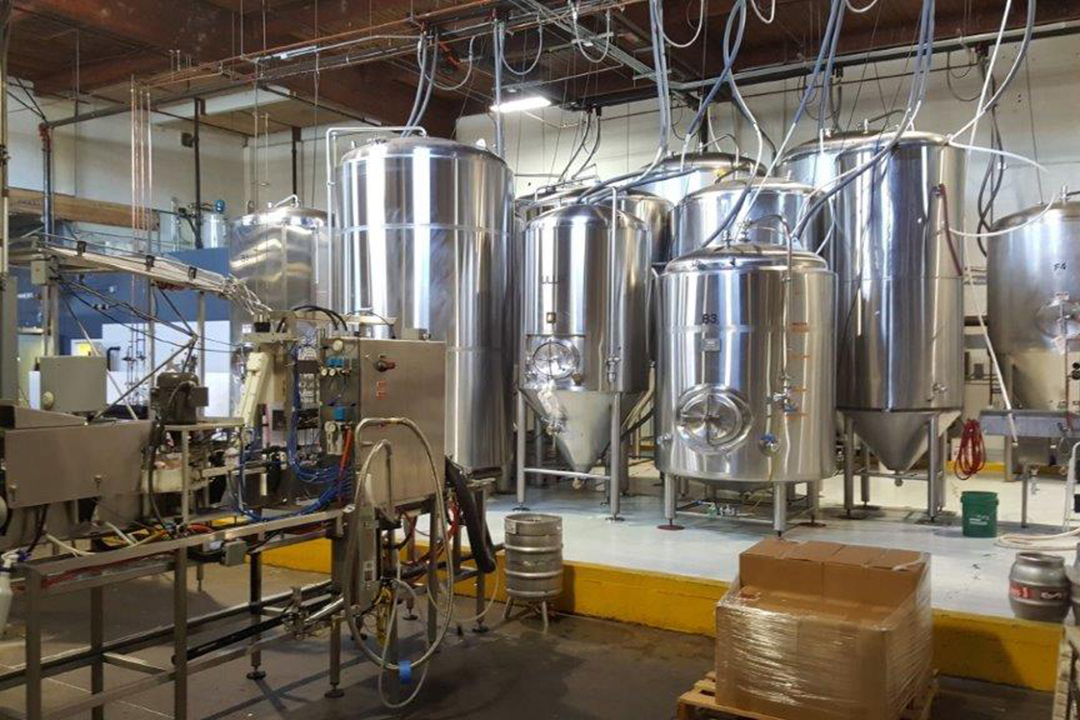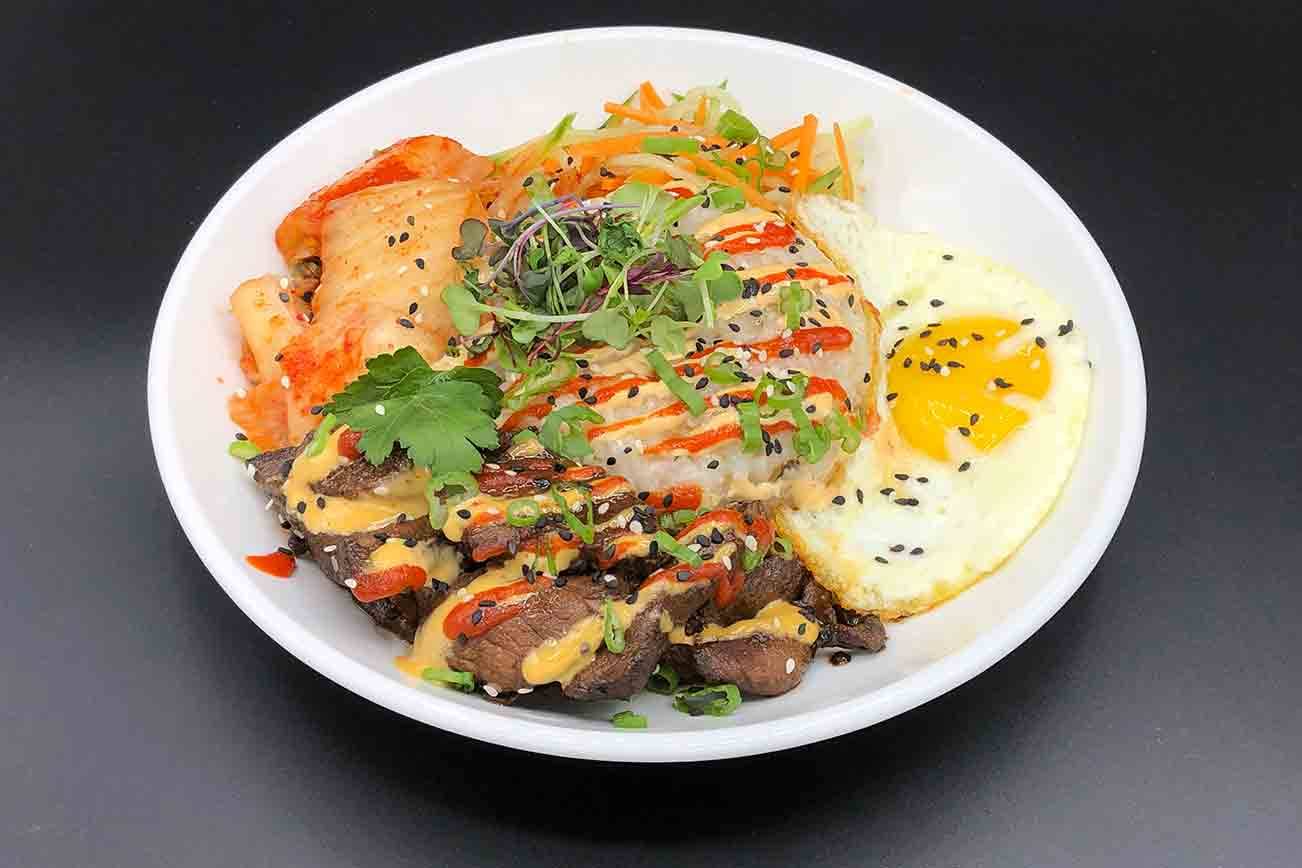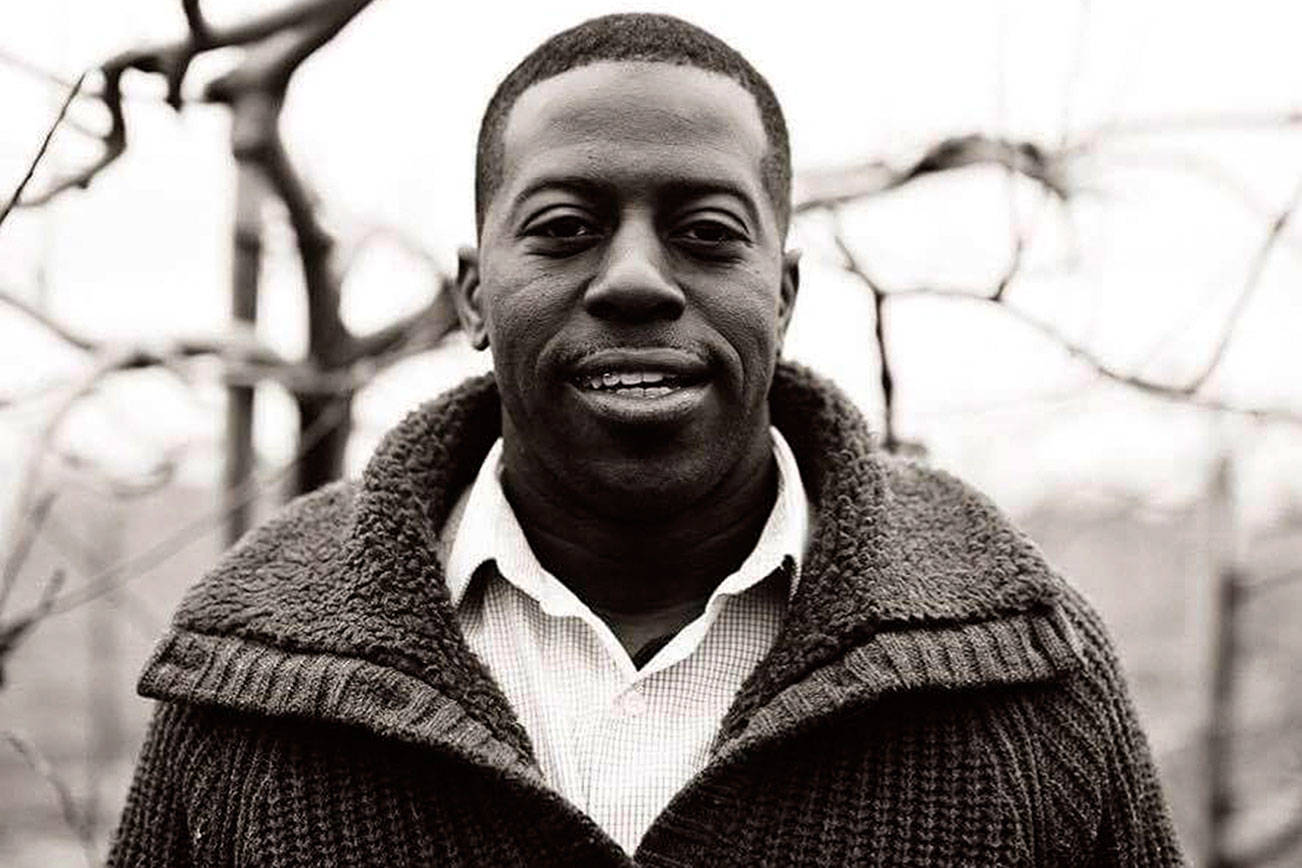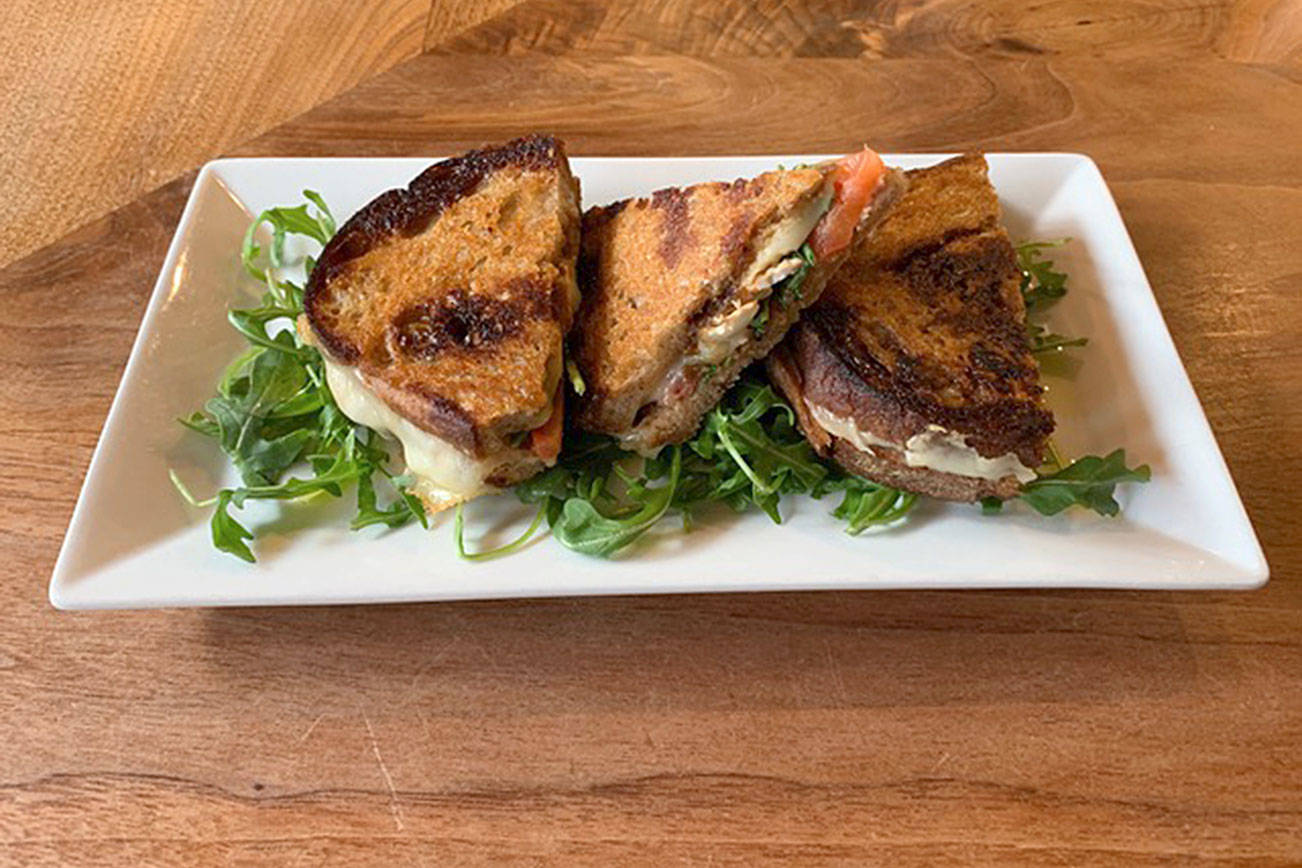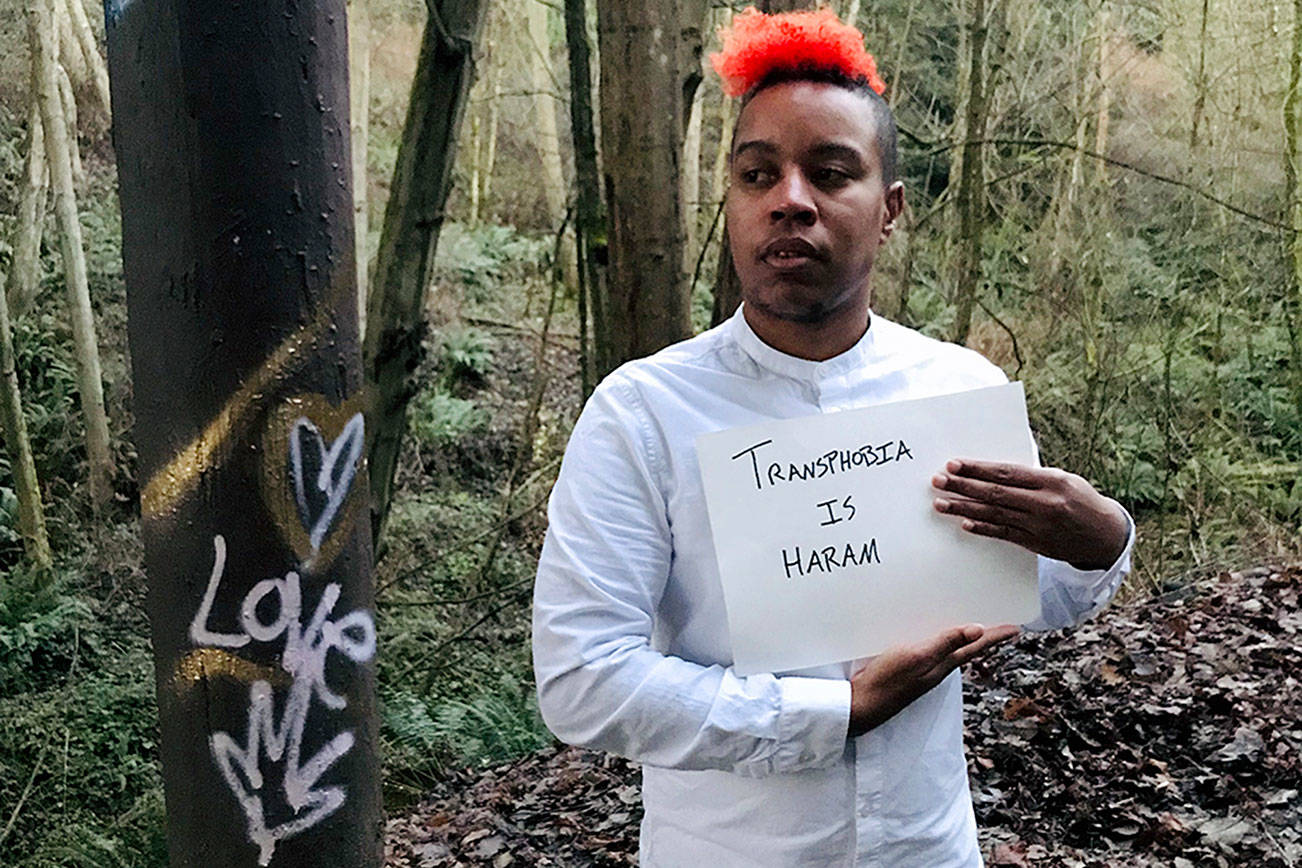Dan Lee is not your average brewery owner. He didn’t start as a homebrewer concocting out of his garage; he isn’t a white guy with a beard who grew up in the Pacific Northwest; his brewery doesn’t base its entire self-esteem on its IPA; and he isn’t running his business purely on the art of turning hop into brew. No, Lee, owner of Odin Brewing, is, refreshingly, cut from a different cloth.
Lee is welcoming and affable as he shows me around his Tukwila brewery on an overcast Saturday afternoon in the waning days of summer. The new brewery, which Odin opened after leaving Seattle in February, features a tap house and a restaurant, all informed by his deep knowledge of the beer business. He’s able to rattle off details about forklift pricing, IBU’s, canning companies, and, perhaps most important, his company’s recent acquisition of Hilliard’s.
But before answering those questions, Lee talks about Odin’s Gift, or as it’s known to many, the city’s best amber ale.
The story of Odin’s Gift starts in Korea, where Lee was born and lived as a child. He moved to Vancouver, B.C., with his family when he was 8, and later to Toronto, where he earned his M.B.A. Eventually he was recruited by Miller Brewing in Wisconsin and worked in the company’s branding department. In 2008, after Lee moved to Seattle to work for Phillips on its electric toothbrush, the recession hit and he was let go with a buyout package. It was with this money that he started Odin. “I thought, ‘Now is as good a time as any—you could never get another chance like this,’ ” he says. “As I look back on it, the best time to start a business is when things are shitty—you get everything at pennies on the dollar.”
In 2009, Odin sold its first sixth barrel keg to Malt and Vine and its first half-barrel to Quinn’s. That beer was Odin’s Gift—originally called Ruby Red, but that name had to be dashed after McMenamins, who for some reason owns a trademark on the beer name Ruby, sent Odin’s a cease-and-desist letter.
Perhaps it was intentional or subliminal, but the very nature of Odin’s most successful brew came out of an ingredient used when all other options were exhausted. “Back in the day, when Vikings were brewing,” Lee says, “hops didn’t grow that close to the Arctic Circle. So they used juniper bushes, leaves, and branches.”
Odin’s Gift is a dark, almost red wine-colored beer that drinks like a lager. It’s got a malty flavor on the front end and a lovely oak finish on the back. It is in no way thick or syrupy or hoppy, traits from which many reds, ambers, and IPAs suffer. And while the beer continues to sell well, Lee, one of the few brewery owners of color in Seattle, keeps a keen eye on the business side of things. He is constantly looking for new opportunities to grow–to raise both pint glasses and eyebrows. “When we started, my head brewer and I tried to envision who our customer is and what he or she is doing while drinking the beverage,” he says. “We discussed this issue of how beer and food are paired.”
They didn’t want to think of the relationship as it had been traditionally, where beer gets paired with “stadium” food like bad pizza, hot dogs, and fries. Rather, he wanted to break into finer fare. He wanted a beer with gravitas. “We initially set out to design something that could be a great beer in and of itself,” he says, “but if you wanted to have something like a nice pasta dish or barbecued salmon, it would work well too.”
Odin, whose brews range from a kölsch to a Belgian-style dark strong ale, made a notable splash recently with a major business move: The company bought all the intellectual property rights to Hilliard’s, a brewery that popped up a few years ago in Ballard and itself made ripples with its “12th Can” branding. At first the buy was meant as more of a merger to share equipment, but soon it was clear Hilliard’s brass wanted to sell, ending in an unusual move for a small company like Odin. “Overnight,” Lee says, “taking on Hilliard’s volume increased our sales by about 50 percent.”
But Lee, who has watched the Northwest’s beer business grow exponentially in the past five to 10 years, knows that something is going to have to change with its numbers. “Mathematically, you can’t have this type of growth in perpetuity,” he says, reflecting on the demographic limitations of the current industry, which is known for not having many head brewers or owners of color, reflected in the craft-beer industry’s largely white customer base. “At some point this industry is going to have to figure out how to be more relevant to more people.”
Perhaps Odin’s Gift will be the beer that brings more folks to the literal and proverbial table–who knows? But hey, who doesn’t love a great amber?
beerhunting@seattleweekly.com
